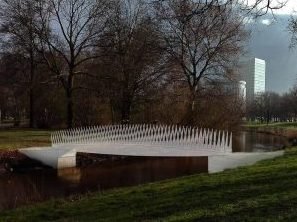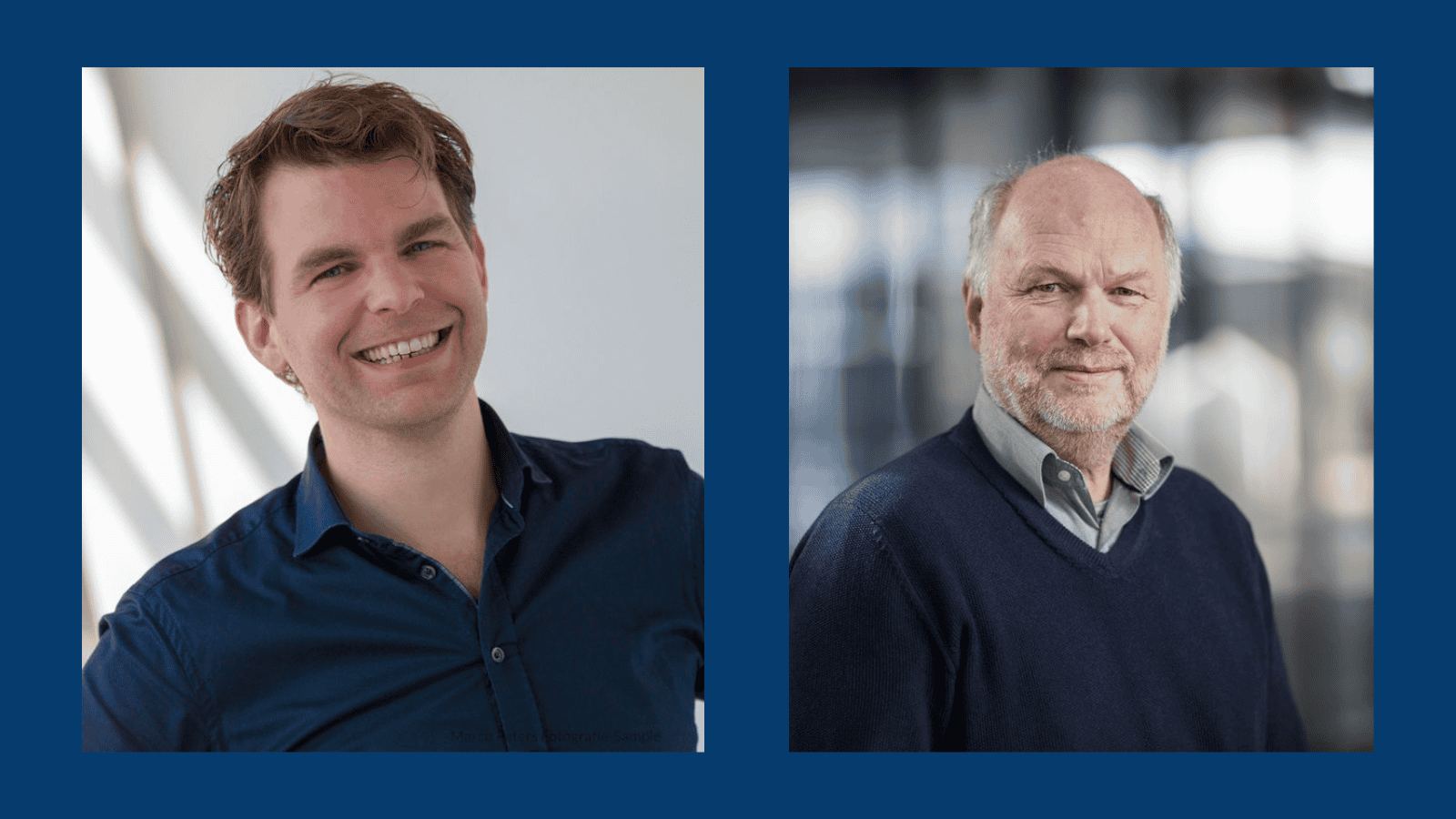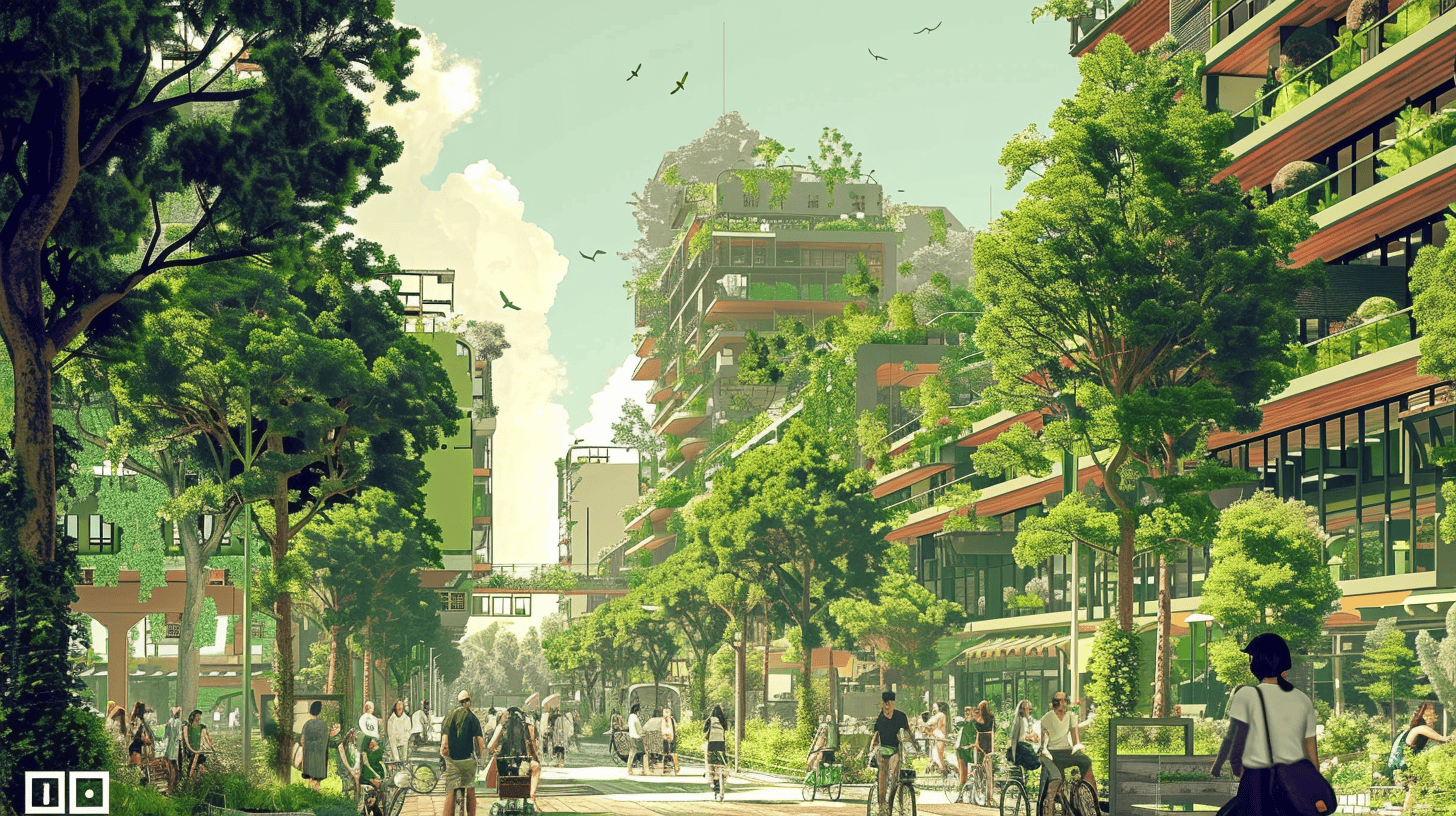
“There is a circular alternative to everything you do.”
On January 15, 2018, the Transition Team Circular Construction Economy presents its plans for accelerating the transition to circular construction work. Elphi Nelissen – Professor of Building Sustainability at the Eindhoven University of Technology and Dean of the Faculty of Architecture – chairs the transition team, which operates on behalf of the Ministry of the Interior. On the Ministry’s website, she explains what the intention is.
The members of the team are working together on a transition agenda for construction for the period 2018 -2023. The Central question: what does using less and better materials and products for construction work mean? In addition, what knowledge is lacking about circularity, how can financial obstacles be removed and what are strong exemplary projects? The members of the team share their knowledge and ideas about circularity in the construction industry in order to jointly draw up a transition agenda that gives direction to the ambition ‘Netherlands Circular in 2050’.

From her workstation on the TU/Eindhoven, Prof. ir. Nelissen sees the renovation of the main building of the university. This renovation, in which sustainability plays an important role, is something to be proud of for Nelissen. Together with the sustainability steering committee, she influenced the development of the building.
Now Nelissen is sitting at the table with sixteen people from different parts of the construction sector. Nelissen finds the mix of the different parties interesting. The reason for the agenda is clear to her. “In the construction sector, we must be able to build a building that is no longer onerous, depletes raw materials and affects the environment. Raw materials are scarce or can become scarce if we continue in the current way. This is already the case for steel. You can also continue to excavate gravel, but that affects the surroundings. If you can limit it or reduce it to zero, it’s better.”
Meanwhile, the transition team is also working on exemplary projects. Nelissen: “Everyone thinks: Circularity, what is it? You have to be able to show what it is, that stimulates people. Nobody ever asked for an iPhone, but when it was there and everyone saw what the iPhone could do, everyone wanted it. This also applies to a sustainable house, office or school.” At the TU/e, there is already a bridge made of bio-composite, made from natural raw materials. Circular tendering must also be included in the agenda, says Nelissen. “If you include this, the industry sees that they have to offer circularly. They cannot yet do that enough. It is a drive to create services, products and offers that are circular. Supply is then an answer to the question asked.”
According to Nelissen, there are opportunities and challenges for the agenda. “The risk is that you are the best boy in the classroom, that you spend more money on buildings and are therefore less competitive. The opportunity is that you are the country where circularity has been developed and applied and where others want to come and learn. The latter offers opportunities for companies if others want to buy knowledge and products.”
The transition to a circular economy also means that companies will collapse and new businesses will emerge. “This should not keep you awake.” Nor should you because some professions will be going to disappear, says Nelissen. “If your job is about to disappear, you have to anticipate this. Think of retraining, or maybe you can modernize your profession.” Nelissen has already noticed a change in education. “The new generation is more concerned with the subject than the old generation. Students can follow courses on circular building and will receive a certificate after completion.”
Besides the business interest, circularity also keeps Nelissen busy in her private life. She lives in a house without gas connection and drives in an electric car. “Practice what you preach”, as Nelissen puts it. That exemplary projects work is what Nelissen experiences for herself. When asked what the consumer can do to take the step towards circularity, Nelissen answers that it is a matter of setting priorities. “There is a circular alternative to everything you do. Are you going to paint? Then choose a dye that is less stressful. Are you looking for new clothes, then organize a dress fair or give away your clothes. And after all, it is always much better to use what you already have.”







